Straw for mulch... pros and cons....
Christy Bell
12 years ago
Featured Answer
Sort by:Oldest
Comments (29)
denninmi
12 years agodigdirt2
12 years agoRelated Professionals
Harrison Landscape Architects & Landscape Designers · Salisbury Landscape Architects & Landscape Designers · Seabrook Landscape Architects & Landscape Designers · Gainesville Landscape Contractors · Canton Landscape Contractors · Clark Landscape Contractors · Lakewood Landscape Contractors · Los Banos Landscape Contractors · Milford Landscape Contractors · Monterey Landscape Contractors · New Braunfels Landscape Contractors · Oxnard Landscape Contractors · University City Landscape Contractors · Weymouth Landscape Contractors · Maple Heights Landscape Contractorswayne_5 zone 6a Central Indiana
12 years agoDan _Staley (5b Sunset 2B AHS 7)
12 years agogjcore
12 years agoChristy Bell
12 years agoDan _Staley (5b Sunset 2B AHS 7)
12 years agolaceyvail 6A, WV
12 years agokr222
12 years agoChristy Bell
12 years agorrrusty
11 years agojonfrum
11 years agoltilton
11 years agolittle_minnie
11 years agoyukkuri_kame
11 years agoemmers_m
11 years agobarrie2m_(6a, central PA)
11 years agokingfarm
11 years agowertach zone 7-B SC
11 years agoRpR_
11 years agowertach zone 7-B SC
11 years agoUPucker
11 years agoRaw_Nature
11 years agoRaw_Nature
11 years agoOil_Robb
11 years agoRaw_Nature
11 years agoNilaJones
11 years agoquiltbea
11 years ago
Related Stories
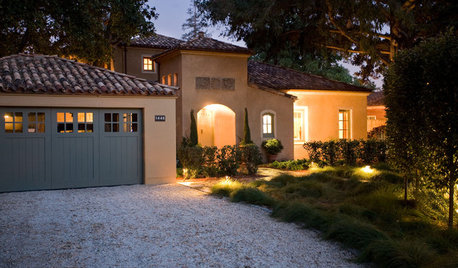
REMODELING GUIDESGravel Driveways: Crunching the Pros and Cons
If you want to play rough with your driveway, put away the pavers and choose the rocky road
Full Story
GARDENING GUIDESNew Ways to Think About All That Mulch in the Garden
Before you go making a mountain out of a mulch hill, learn the facts about what your plants and soil really want
Full Story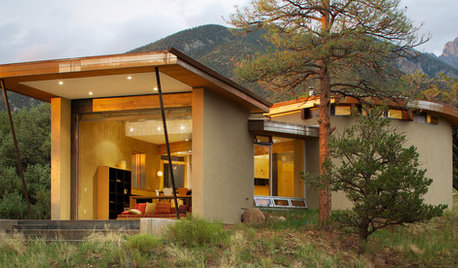
HOUZZ TOURSHouzz Tour: A Straw-Bale Getaway With Sweeping Views
Using passive solar and other green building methods, this Colorado home creates an energy-conscious vacation spot for a family of 5
Full Story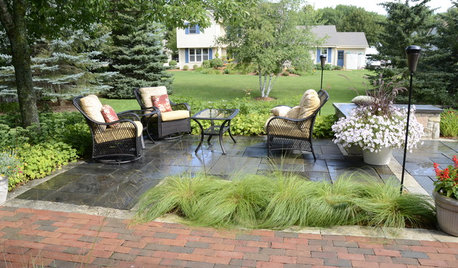
LANDSCAPE DESIGN5 Reasons to Consider a Landscape Design-Build Firm for Your Project
Hiring one company to do both design and construction can simplify the process. Here are pros and cons for deciding if it's right for you
Full Story
GREEN BUILDINGEcofriendly Cool: Insulate With Wool, Cork, Old Denim and More
Learn about the pros and cons of healthier alternatives to fiberglass and foam, and when to consider an insulation switch
Full Story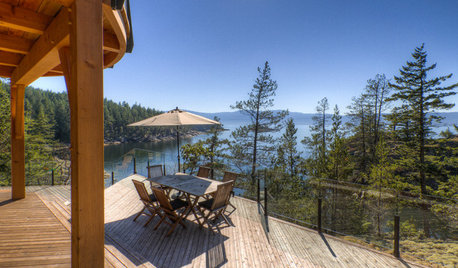
DECKSDecking Materials Beyond Basic Lumber
Learn about softwoods, tropical hardwoods, composites and more for decks, including pros, cons and costs
Full Story
MATERIALSInsulation Basics: What to Know About Spray Foam
Learn what exactly spray foam is, the pros and cons of using it and why you shouldn’t mess around with installation
Full Story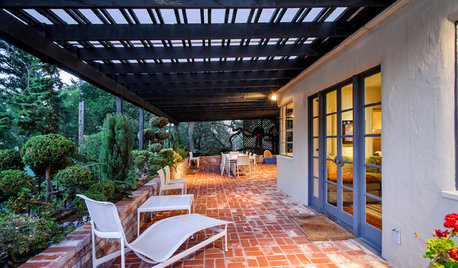
PATIOSLandscape Paving 101: How to Use Brick for Your Path or Patio
Brick paving is classy, timeless and a natural building material. Here are some pros and cons to help you decide if it’s right for your yard
Full Story
GROUND COVERSGround Force: 10 Top Ground Covers for Your Garden
Protect your soil from weeds and drought this summer with a living mulch of ground covers
Full Story
FARM YOUR YARDHow to Grow Vegetables in Containers
Get glorious vegetables and fruits on your patio with a pro’s guidance — including his personal recipe for potting mix
Full Story





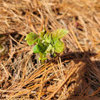
Raw_Nature